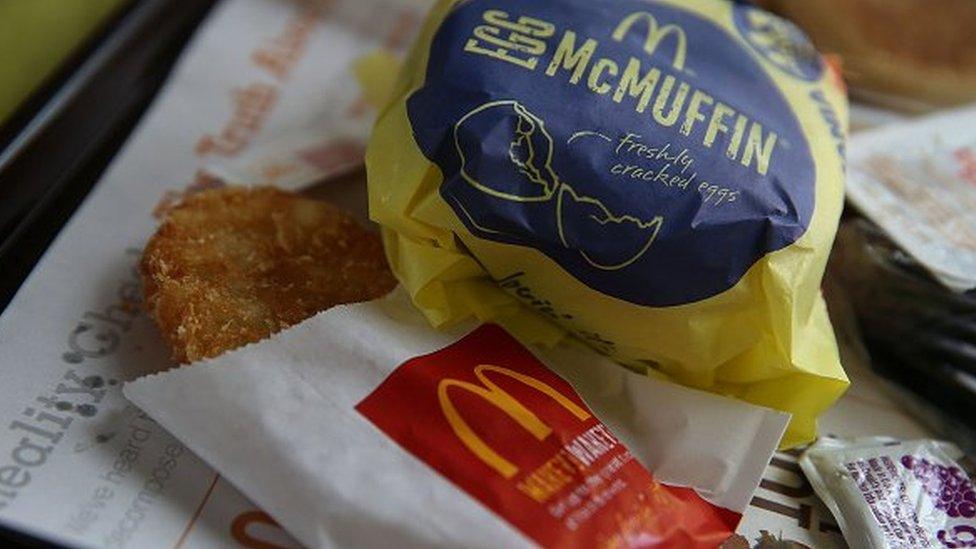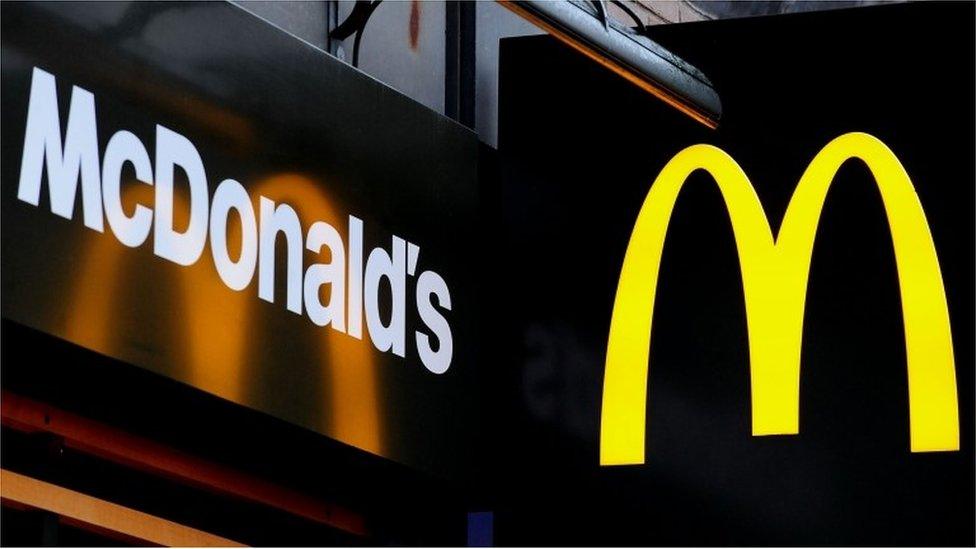McDonald's All Day Breakfast eats its lunch and dinner
- Published

McDonald's has become a victim of its own successful all day breakfast.
Like-for like fourth quarter revenue in the US, McDonald's biggest market, fell by 1.3% compared with late 2015 when it launched its all day breakfast.
While total global sales grew in the fourth quarter and full year, menu changes have eaten into growth.
Analyst Neil Saunders said instead of it pulling new customers into McDonalds, people had been switching to cheaper meals, including the breakfast.
Under president and chief executive Steve Easterbrook, McDonald's has been working on revitalising the business, which had been suffering under falling sales.
Mr Easterbrook said on Monday: "Throughout 2016, we worked diligently to lay the groundwork for our long-term future. We focused on driving changes in our menu, restaurants and technology to deliver an enhanced McDonald's experience for our customers around the world."
Dampener
Mr Saunders, chief executive of retail research business, Conlumino, said: "In our view, as much as menu change was right, one of the impacts of the all day breakfast options has been to provide diners with cheaper options. Many have exploited this and average transaction values for lunch and dinner have fallen as a consequence, something that has put a dampener on overall growth.
"In this regard, putting to one side the initial uplift in interest when all day breakfast was launched, the initiative seems to have ultimately created quite a lot of menu choice switching rather than driving new customers to stores."
Operating profit in North America for the three months to December also fell, down 11%, although the previous year's profit was flattered by a gain on the sale of a restaurant property.
In other regions, growth was stronger. International comparable sales for the final quarter rose 2.8% led by the UK, while in McDonald's high growth markets revenue jumped by 4.7% helped in particular by China.
Globally, like-for-like turnover increased 2.7% in the final three months of the year, and for the whole of 2016 expanded by 3.8%.
- Published12 January 2017

- Published8 December 2016
